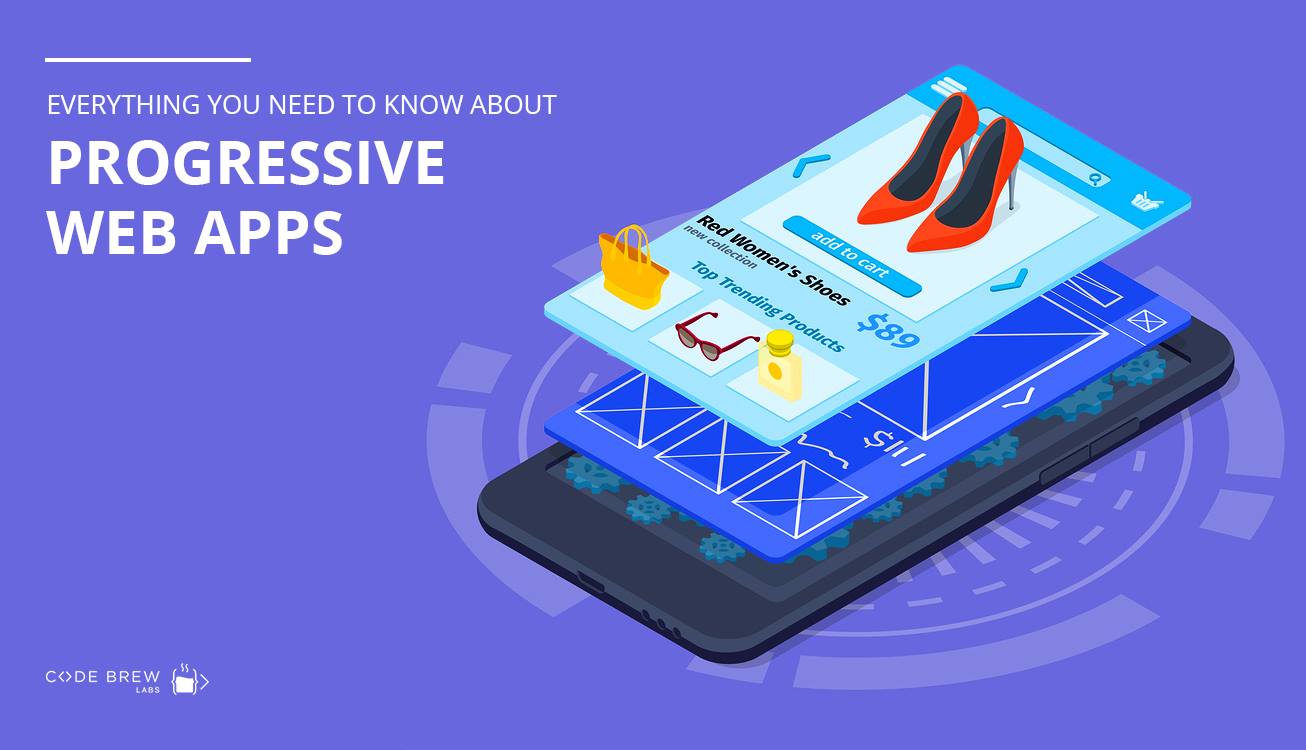Best designs are not always about the appeal. There are times when you create amazing designs in terms of color, looks and everything. However, the same designs are not able to make that emotional connection with your end customers. It might have all your creativity and innovation but still you would miss what your customer wants. Out of curiosity, I researched and read about all the things every designer needs to know about people.
Loving a design is not a result of some logical process. Rather, we respond on a subconscious and psychological level.
Here are few UX insights into the human mind that can radically improve user experience.
Customers always connect better when your designs tell stories

What’s the difference between these two?
“Revenue increased 5% due to improved packaging.”
AND
“One of our customers, Julie, saw the new cereal box in the grocery store. The bright colours and streamlined text caught her eye, and she felt drawn to pick us over the brand she’d been loyal to for the last five years.”
One shows the bland and boring statistics. The other is a story that engages us by appealing to our empathetic side. We’re much more likely to remember Julie and her new cereal choice than a random “revenue increase.”
Pro tip: Include a success story video on your homepage for the best user engagement and retention.
Adding social features motivates the user about the product.

We are social animals, hard-wired to enjoy interacting with one another. In fact, social engagement causes a release of dopamine, the same hormone that’s released when we laugh or eat chocolate.
Case in point — The highlight of my dribbble invite contest was creating a poll, which I sent to all the designers who contacted me for the invite. I was able to get their input, see which designs I liked. The dribbble invite ended up being a huge part of how I chose my winner.
Pro tip: Include social sharing buttons to Facebook, Twitter, and Instagram to get people excited about trying your product.
We mirror emotions

We have special neurons called mirror neurons, which mimic the emotions that we find around us. If we see a photo of someone smiling, we smile too and feel a little happier. Interestingly enough, just the act of smiling creates happiness. We don’t need a reason to be happy, the physical action will release the same endorphins in our brain. We also want to be aware of the emotions we’re creating in people. For example, if a site has tiny text that someone has to squint to see, that squinting will cause feelings of irritation. And chances are, an irritated customer will never buy your product.
The best way to take advantage of this is to ensure that your website content engages your customers with an emotional connect. For example, websites that fundraise for sick children might use a photo of a sad little boy. We empathise with him, and it motivates us to donate money to the cause.
Pro tip: Choose elements for your site that mirror how you want your customer to feel.
Time is relative

Let’s say your best friend is in town for one hour. You get lunch together, and the hour feels like five minutes. Compare that to an hour spent in the dentist’s chair, where every minute ticks by with excruciating slowness.
Users are more likely to finish a process when the end is in sight. The way to ensure this is to include status bars that show what step they’re on. Being on step 2 of 5 is much more encouraging that drifting through a seemingly endless process.
Pro tip: Include status indicators for any multi-step action on your site.
We perceive value, based on visual cues

A sloppy, crammed website or app is not going to pull in customers, even if the product is the best one on Earth. The saying goes, “Don’t judge a book by its cover.” As it turns out, that’s exactly what we do.
Take a look at your website. Are the pages well organised, with plenty of white space? Is it easy to navigate? Are the colors bright? If not, consider running a contest for web design, to ensure that your online content properly reflects the quality of your product.
Pro tip: Periodically check your online content and make sure it’s visually stunning.
These tips will not only make your designs look good but also have an impact on your customers. After all, your business needs conversions and not just good designs. To read more about design consultation, click here.






